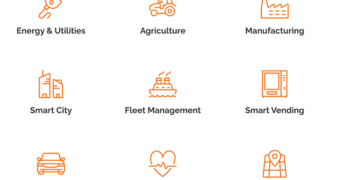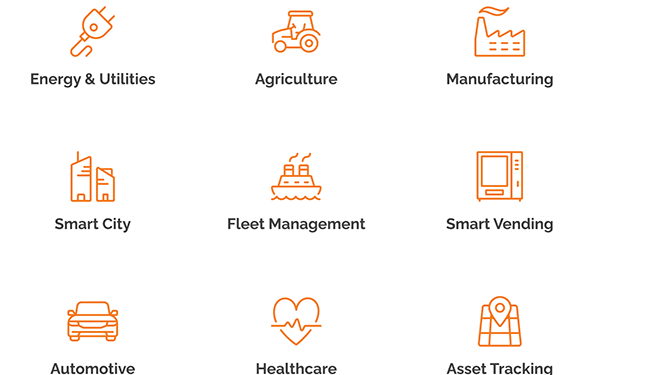In an era where connectivity reigns supreme, the Internet of Things (IoT) has emerged as a transformative force, reshaping industries, cities, and the way we live. Yet, behind the scenes of this connected revolution lies a fundamental element often overlooked – Device Management in IoT. This unassuming hero plays a pivotal role in ensuring the seamless operation, security, and scalability of IoT ecosystems.
Understanding Device Management in IoT
At its core, Device Management in IoT refers to the comprehensive process of overseeing, controlling, and optimizing the myriad of interconnected devices that make up an IoT network. These devices, which range from everyday smart appliances to industrial sensors, collectively form the backbone of our increasingly interconnected world.
Key Functions of Device Management in IoT
- Onboarding and Provisioning: The process of adding new devices to an IoT network, configuring them, and ensuring they can securely connect and communicate with other devices and systems.
- Remote Monitoring and Management: Continuously monitoring the status, health, and performance of IoT devices from a centralized location, enabling proactive issue detection and timely maintenance.
- Security and Authentication: Implementing robust security measures, including authentication, encryption, and access controls, to protect IoT devices and the sensitive data they generate from cyber threats.
- Firmware and Software Updates: Ensuring that IoT devices are always running the latest software and firmware versions by remotely deploying updates and patches, enhancing functionality and security.
- Scalability: As IoT ecosystems grow, Device Management must scale accordingly to manage an increasing number of devices and handle greater data traffic.
- Lifecycle Management: Managing the entire lifecycle of IoT devices, from initial provisioning and deployment to ongoing maintenance and eventual decommissioning or replacement.
- Customization: Adapting Device Management solutions to meet industry-specific requirements, diverse use cases, and unique organizational needs, often involving integration with various communication protocols and standards.
The Crucial Role of Device Management
Device Management is the linchpin that keeps the IoT wheel turning. It ensures that IoT ecosystems function efficiently, securely, and cost-effectively, benefiting industries such as healthcare, manufacturing, agriculture, transportation, and smart cities.
- Efficiency: It streamlines operations, reducing downtime and maintenance costs, and ultimately enhancing productivity.
- Security: Robust security measures protect devices and data, safeguarding against vulnerabilities and cyber threats.
- Scalability: As IoT continues to evolve and expand, Device Management solutions can adapt, ensuring that organizations can grow without limits.
- Customization: Device Management solutions can be tailored to meet the unique demands of different industries and applications.
In conclusion, while IoT devices and applications steal the spotlight, Device Management remains the unsung hero, quietly ensuring the reliability, security, and efficiency of our increasingly interconnected world. It is an indispensable component of the IoT ecosystem, propelling us toward a smarter, more connected future.
Friendly Technologies stands at the forefront as a prominent provider of carrier-grade platforms catering to IoT, Smart Home, and TR-069 device management. Our solutions empower seamless and consolidated administration of a diverse array of services, all under the umbrella of a single platform. With a commitment to excellence, we enable the efficient management of a wide spectrum of services, making innovation and connectivity accessible in a unified manner.





















































